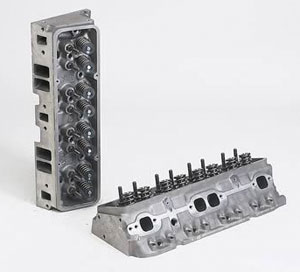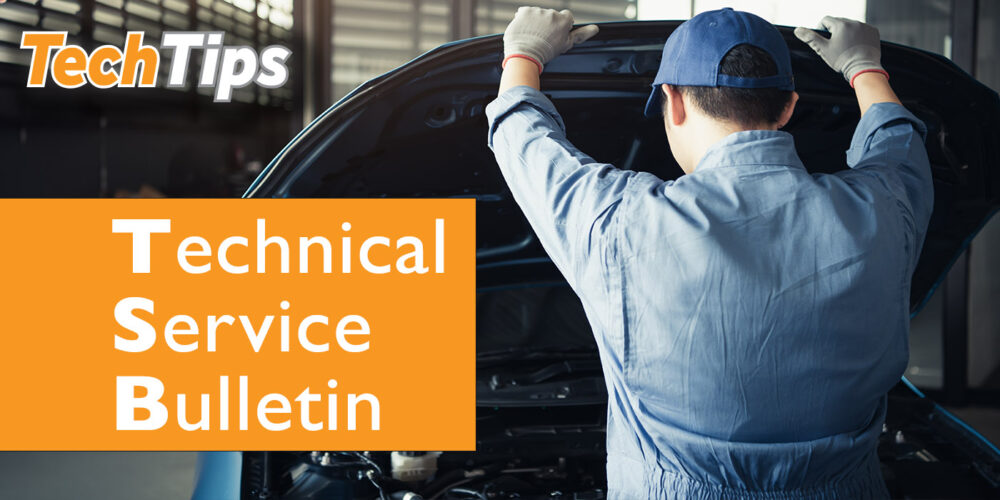 An engine only produces power in a narrow rpm band, so [your customer] needs to decide what kind of driving or racing they’re going to do, and build the engine in a way that moves that power band to the portion of the rpm range you want.
An engine only produces power in a narrow rpm band, so [your customer] needs to decide what kind of driving or racing they’re going to do, and build the engine in a way that moves that power band to the portion of the rpm range you want.
Street cruising needs high air velocity below 4,000 rpm for good throttle response and torque. Contrary to folklore, to get high velocity for the street, you need smaller intake runners and valves, not bigger ones. The restriction from smaller runners and valves gets air velocity up and more air/fuel in your combustion chamber for maximum power for those stop light to stop light kind of street performance. The down side of this is the restriction becomes power robbing above 4,500 rpm because the engine starves for air. Porting or polishing for street performance, with small runners and compression ratios below 10.5 to 1 does no real good. The air velocity never gets high enough in street performance to take advantage of porting and polishing.
Conversely, in racing you need a lot of air at higher rpm. This calls for larger runners, bigger valves, compression ratios above 10.5: 1, and porting. These give very good air flow and velocity above 5,000 rpm where you really need the engine to breathe. Why not do this for the street as well and have the best of both worlds? Because an engine only works well in one area of the rpm band. For the street, this big combo would give your engine poor throttle response, low torque, and would be generally not much fun for your customer to drive.
There are some interesting hybrid cylinder heads in the market, such as the Edelbrock Performer series. The use a dyno tested combo of small intake runners and larger intake valves that gives a fairly smooth street performance power band from idle to 5,500 rpm, which is all you need on the street.
Remember to match the entire top end of your engine to the rpm range you want to make the power in: carb, intake, heads, compression ratio, and cam.
– Tech Tip courtesy of Summit Racing.













